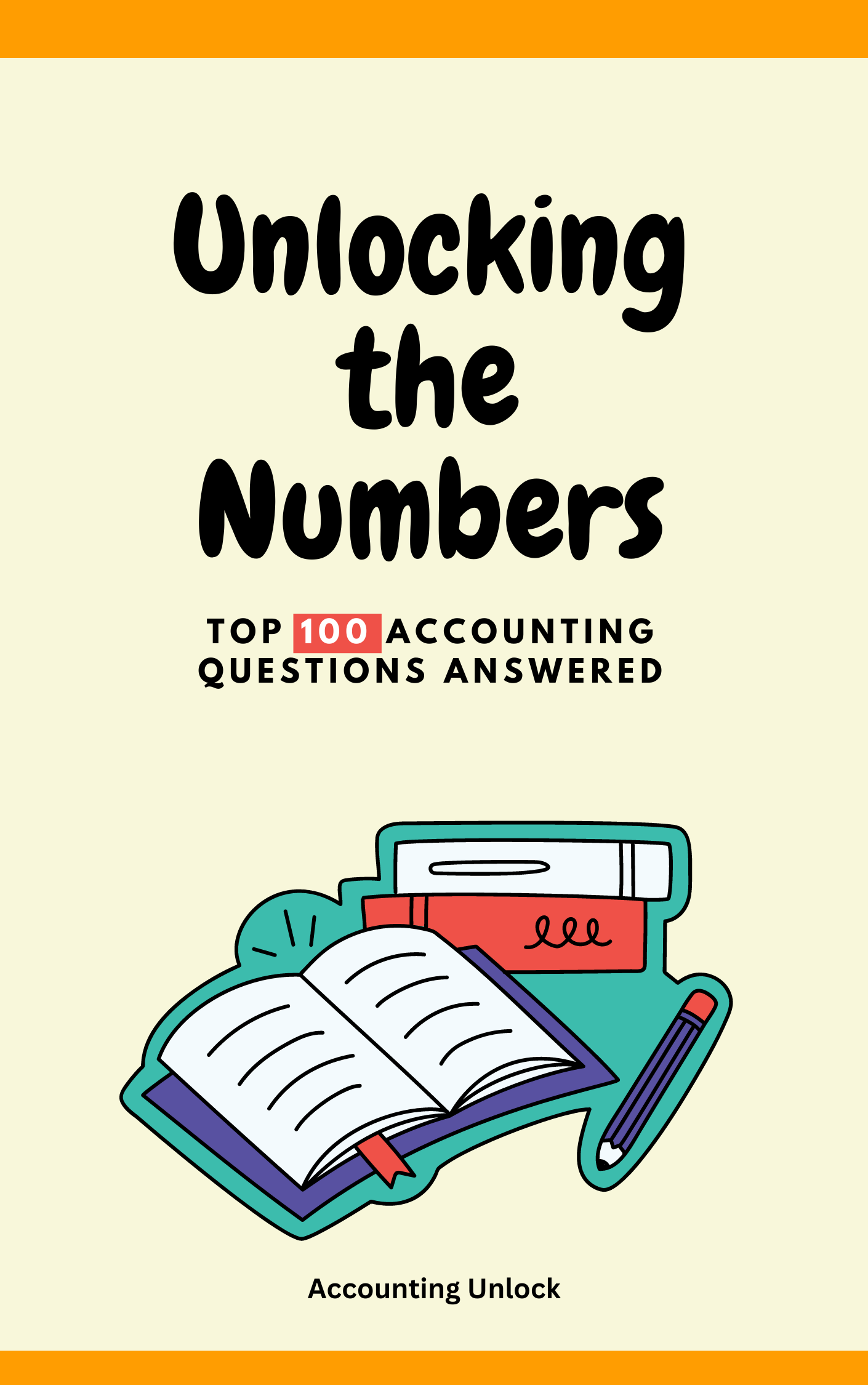Ah, young financiers, prepare to dive into the world of “call accounts,” where money dances to a different tune than your typical piggy bank! Think of it like a special savings account with a tiny gremlin living inside, constantly whispering, “Ready to withdraw? Just say the word!”
Imagine you run a bustling lemonade stand on a sizzling summer day. You need a steady stream of sugar and lemons to keep the thirsty crowd happy. Instead of hoarding your profits in a jar, you open a call account, like a magic lemonade fountain you can tap into whenever you need more supplies.
But here’s the catch: the gremlin inside whispers that the bank can also tap into your fountain, taking some sugar and lemons back if they need them (though they usually give you a bit extra as a thank you).
Here’s how it works:
- Fountain of funds: You deposit money into your call account, like filling the lemonade fountain to the brim.
- Need a sugar top-up? Whenever you need cash for supplies, just give the bank a call (hence the name!), and they’ll pour some lemonade your way. No waiting in line, just instant access!
- But wait, the gremlin strikes! The bank also has the option to “call” your money back, siphoning some lemonade from your fountain if they need it for bigger expenses. Don’t worry, they’ll usually give you a small bonus for lending your lemonade (called interest).
Call accounts aren’t just for lemonade stands, they’re used by businesses and individuals alike!
Real-world examples:
- Businesses might use call accounts to cover short-term cash needs, like unexpected bills or seasonal inventory purchases. They get quick access to their money, but the bank has flexibility too.
- Individuals might use call accounts for emergency funds or short-term savings goals. The easy access comes with the trade-off of potentially lower interest rates compared to long-term accounts.
Accounting treatment:
For businesses, call accounts are treated as current assets on the balance sheet, readily available for short-term needs. The potential call feature might require special accounting considerations during financial analysis, like assessing liquidity and interest rate risks.
Key points about call accounts:
- Special bank accounts with easy access to funds for both the account holder and the bank.
- Provide flexibility for businesses and individuals to manage cash flow.
- Have specific accounting treatment due to the call feature and potential interest payments.
Remember, the gremlin in the call account might seem mischievous, but it’s also about balance and flexibility.





